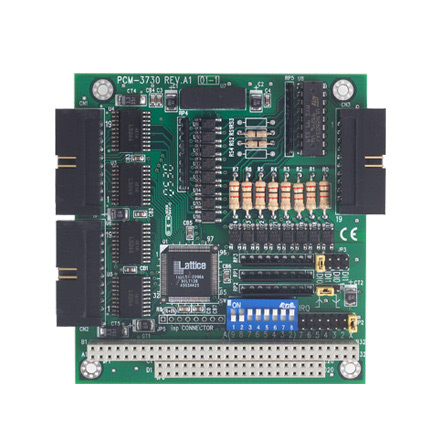

The Aesthetic and Functional Appeal of Switchable Frosted Glass
In contemporary architecture and interior design, innovation plays a crucial role in enhancing the functionality and aesthetic appeal of spaces. Among the many advancements, switchable frosted glass stands out as a remarkable solution that combines privacy with elegance. This versatile material has transformed the way we think about glass, offering a range of applications from residential to commercial settings.
Switchable frosted glass, often referred to as smart glass, utilizes special technology to change its transparency at the flick of a switch. When the glass is off, it appears opaque and frosted, providing complete privacy. However, when activated, it becomes transparent, allowing light to pass through unobstructed. This unique feature makes switchable frosted glass exceptionally valuable in various applications, where both privacy and natural light are desired.
One of the most popular applications of switchable frosted glass is in office environments. Open-plan offices often struggle with privacy issues, as the lack of enclosed spaces can lead to distractions and decreased productivity. By incorporating switchable glass partitions, companies can create flexible workspaces that cater to individual needs. Employees can switch the glass to a frosted state when privacy is required for meetings or focused work, and back to transparent to foster collaboration and openness during brainstorming sessions.

In residential designs, switchable frosted glass offers a modern solution for spaces like bathrooms and bedrooms. Homeowners can use this technology in shower enclosures, allowing for privacy without sacrificing the feeling of spaciousness. Additionally, these glass panels can be integrated into sliding doors or windows, providing an elegant way to control light and visibility. The ability to switch from frosted to clear glass also allows homeowners to customize their environment on demand, adapting to different situations or times of day.
Moreover, switchable frosted glass is not just about aesthetics and privacy; it can also contribute to energy efficiency. By controlling the amount of natural light that enters a space, it helps reduce the need for artificial lighting during the day, lowering energy consumption. This aspect aligns with the increasing demand for sustainable building practices and energy-efficient designs in today’s eco-conscious market.
In terms of installation and maintenance, switchable frosted glass is relatively straightforward, integrating well with standard glass systems. It is also durable and easy to clean, making it suitable for high-traffic areas. While the initial investment might be higher than traditional glass, the long-term benefits in terms of energy savings, increased property value, and enhanced user experience make it a worthwhile consideration.
In conclusion, switchable frosted glass is more than just a functional element in modern design; it is a statement of sophistication and innovation. Its ability to seamlessly blend privacy with transparency makes it an ideal choice for both commercial and residential spaces. As technology continues to evolve, we can only anticipate further advancements that will enhance the capabilities and applications of switchable frosted glass, solidifying its role in the future of design and architecture.